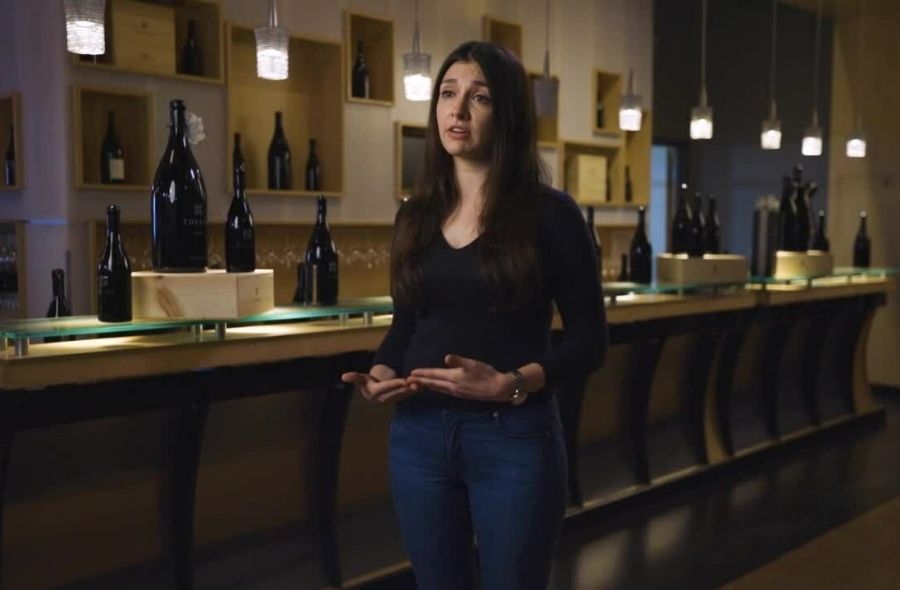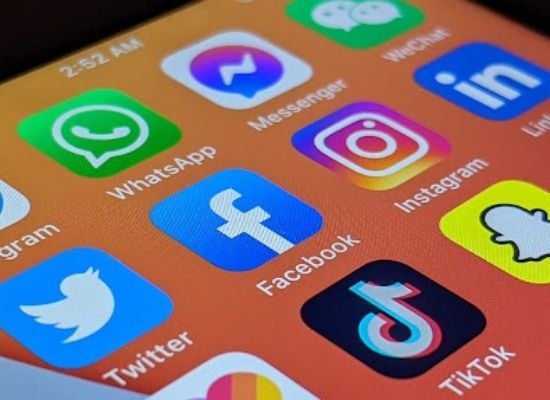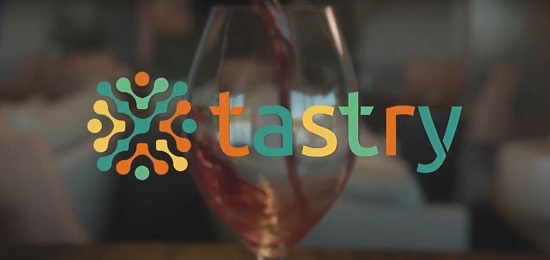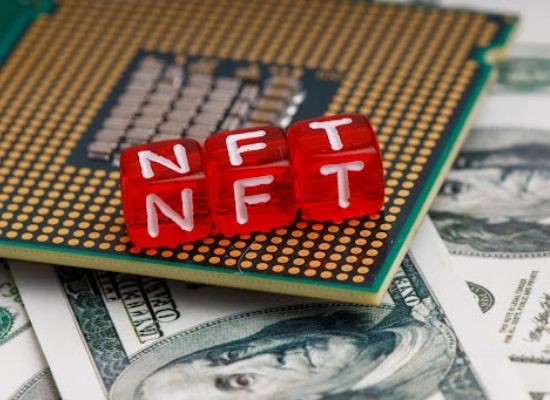May, 2024
San Francisco, USA

Katerina is a graduate of Cal Poly with a B.S. in Chemistry. While in school, Katerina worked at a custom-crush facility and noticed that one of their batches imprinted with two different labels received drastically different industry scores: it was then that she knew there had to be a more science-based way to score wine. Thus, Tastry was born. Over the next three years, she taught a computer how to taste. Tastry is a sensory sciences company that uses advanced chemistry, machine learning, and artificial intelligence to match consumers to products they will love. Let's take a look at what she has to say about the future of technology in the alcohol industry.
It’s always been about automation. Over the years, there’s been a ton of automation built for distribution; that’s the oldest form of technology. Since then, it’s all about expanding the potential consumer base of a client. If you go back 100 years, most alcohol was consumed near where it was made, and I think that distribution, both nationally and internationally, and all the tech to support that, like Drizly, for example, is all about expanding the consumer base. Now we have wines from South America that are showing up at a store in Wisconsin. So now, the current trends are all about identifying who in that global consumer base, that technically everyone has access to now, is going to like the product. It’s about refining the distribution so that the right products reach the right people. So, for example, if I’m a winery and I’m selling all across the US, the next step for me is identifying who is going to like the product before I sell it to them. That’s where personalization comes into play because if you know who will like your product before you ship it out, you won’t waste money distributing it to people who aren’t a match for your product.
Digital is just another venue to reach the consumer. Different consumers are available through different mediums. You want your product to be accessible through whichever medium your customers might be using. It’s not just walking into a grocery store or liquor store anymore. Now you can get it online and through clubs. You can even buy it through text messaging. Different people are living their lives using different media, and you need to be omnichannel; otherwise, you are missing potential customers.

Authenticity is an interesting term. In the end, you have a producer who has a product that that producer thinks people are going to like, and they are not being inauthentic about trying to reach people with whatever that product is. Because you can buy a part of a Picasso art piece as part of an NFT. Does that make Picasso any less authentic? You still have, in the end, you have a manufacturer who has a product, and you have a consumer who might love that product. All of this technology should be here putting those two together, so the consumer gets what they want, and the manufacturer gets to serve.
It’s valuable to the degree that digitalization provides visibility into how much a consumer is going to appreciate the product. It can make the buyer feel confident that it’s a product they’re going to enjoy, and they’re not wasting their money.
If those technologies make it easier for consumers to find a product or for the manufacturer to produce a product, it reduces the friction. The technologies that do that for you and the manufacturer or you and the consumer are the ones you should lean into, and if they don’t do that, you shouldn’t lean into them.
SaaS platforms give us access to technology we can’t afford to build ourselves, and it gives you access to capabilities you would not otherwise have. Take MailChimp, for example. You can hire 400 people to send out emails, or you could get access to a SaaS platform like Mailchimp, and you can do that with one person in an hour. If you don’t have the resources to create those solutions in-house, then the SaaS platform is the best way to access advanced technology or advanced capability.
Companies like Purfresh, who are doing drone monitoring of vineyards, are maximizing the output of the resources being expended to create a product, creating sustainability. It’s cutting down on waste. You can use drones to identify fungus that might be attacking the vineyard or identify where you’re using more water than you need. I think Tastry does the same thing. You can use Smoke Taint analysis to detect and prevent fruit from being affected by Smoke Taint. All of these things allow you to produce more products from fewer resources. The ideal is 100% efficiency, but it’s impossible to get to that. But every step that brings us closer to that, the more sustainable we become.
The two are not mutually exclusive. Integrating technology can maintain the maker's vision so that it’s not impacted by the bacteria or fungus or erroneous manufacturing practices, distributing the product to the wrong area, or selling it to the wrong person. Technology can be complementary to the maker’s vision. No winemaker wants to have a bad year, and technology can help mitigate those risks. Then more often, you’re actually getting the producer's vision and not some watered-down version of it because of logistical, biological, or technical issues that were not foreseen or unable to be mitigated. The whole point of this technology is to help deliver that vision and deliver it to people who will appreciate it.
Digital leaders are providing tools to help manufacturers reach consumers. So they can build tools to help make those connections. Anybody who is trying to grow a brand and trying to compete in a larger market will have to find the consumers who like your product as quickly as possible to become profitable. You should find the technology that helps you do that.
Personalization, but not just on the level that we typically see where someone visits a website and clicks on a product, and then that product shows up on a display ad as they’re browsing the web later on. I’m talking about using technology to analyze how people experience a product and, in our case at Tastry, analyze how we perceive flavor and how the palate reacts. So now, if we have that data, with some input from customers about the common everyday things that they like and don’t like, we can recommend a product they’ll love with confidence.

Hyper-Personalization at scale. Continued development in technology helps connect manufacturers and consumers based on a deeper understanding of what those consumers like. I also think we’ll see more technology developed for consumers to help them tailor their product choices to their specific individual preferences. Now, we’re living in an age where the average consumer expects you to know what they like. I think as time marches on, taking a risk on purchasing something you may or may not like is going to become less acceptable. Consumers are going to want to know with confidence they will like what they are buying.
If NFTs help the manufacturers reach the consumers who love their products, and if they help consumers find the products they love, you should lean into NFTs. If it’s not going to do that, it may not be relevant to you or your consumers. All of these technologies should be geared toward bringing together the manufacturers and consumers, and if the ROI is there, then it’s good. It’s that simple.

We’re not saying if you should or shouldn’t use them, but for some consumers, it makes sense. For example, there’s a company we’ve been working with that is selling ownership in multi-thousand dollar bottles of wine. If you live in Duluth, and that’s your world, then you don’t have access to that, but the NFTs give you access to a wine that’s sitting in a cellar in France. So NFTs are giving you the opportunity for someone to have ownership in something they wouldn’t otherwise have access to; therefore, it’s valuable.
The ROI isn’t necessarily financial either. It may be brand association driven. You can characterize it in a lot of different ways.
Interview by Arjun Moghe, Beverage Trade Network
Header Image Source: Tastry